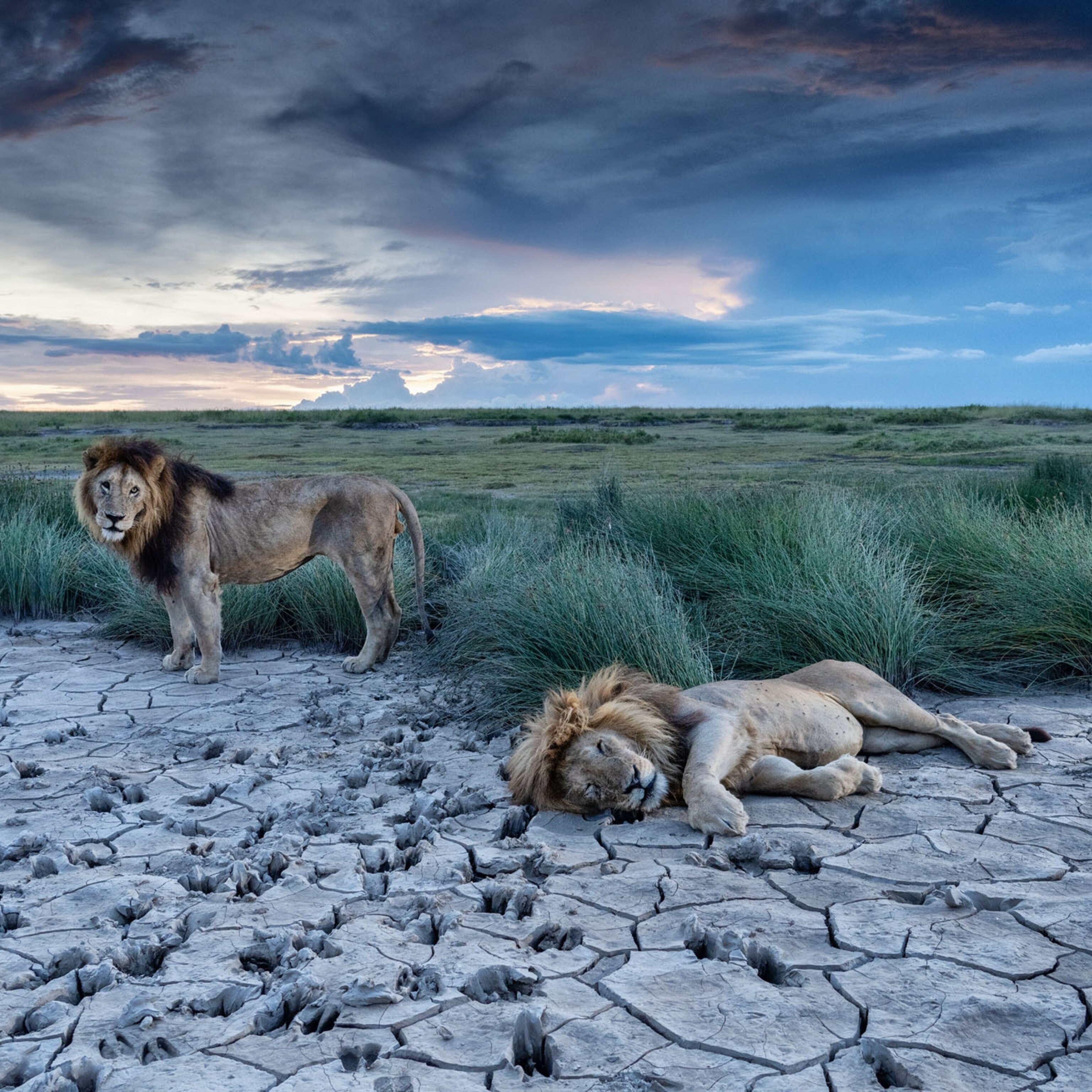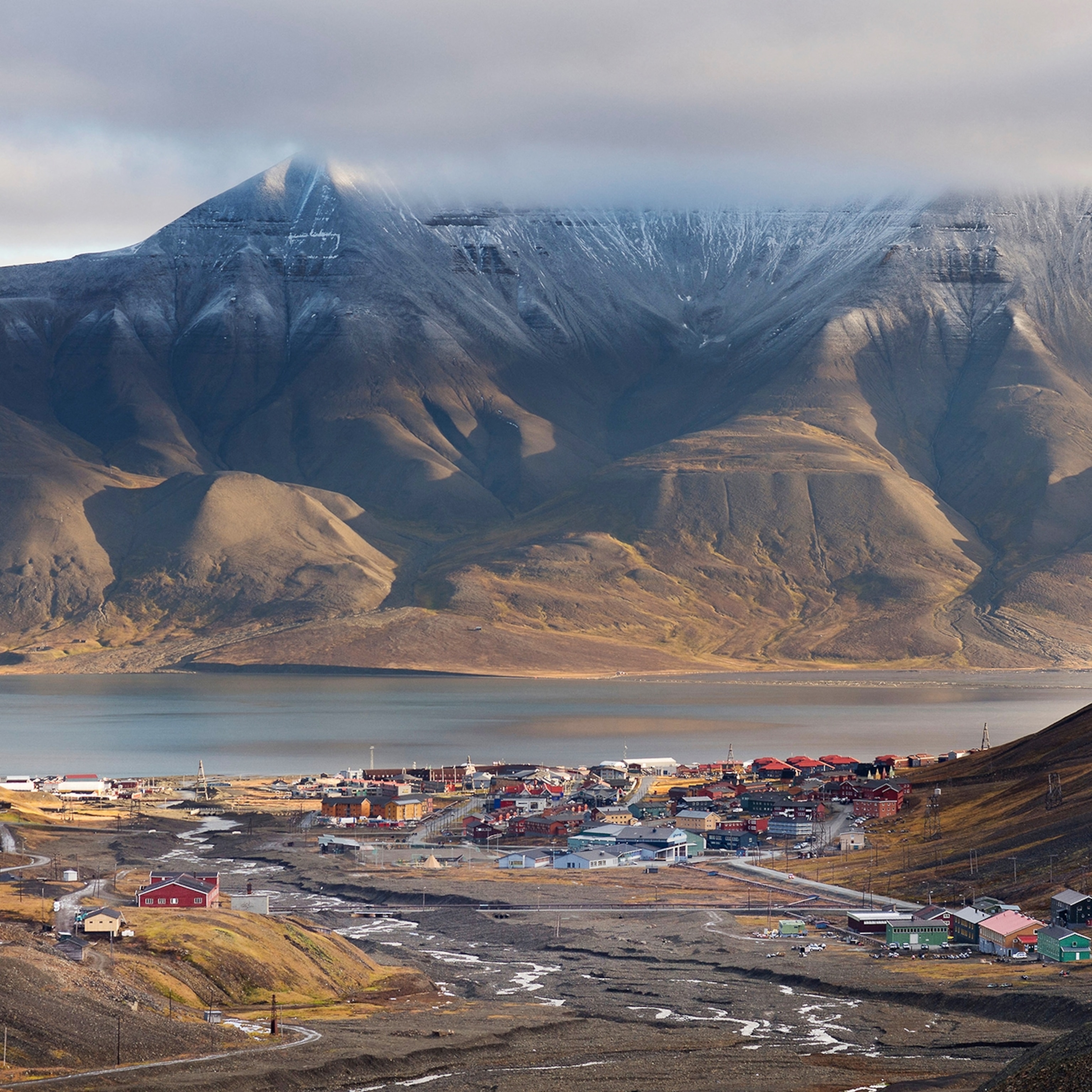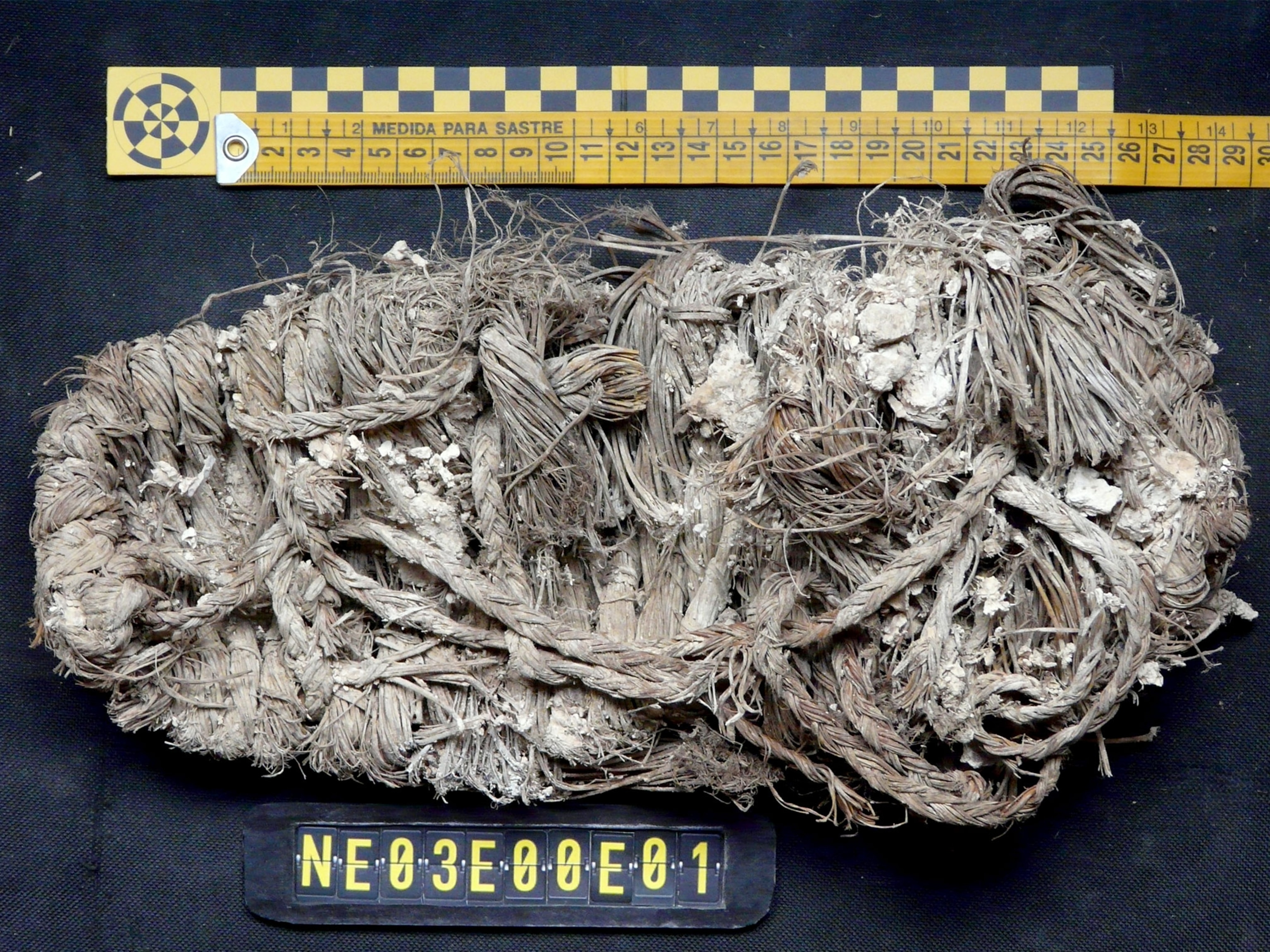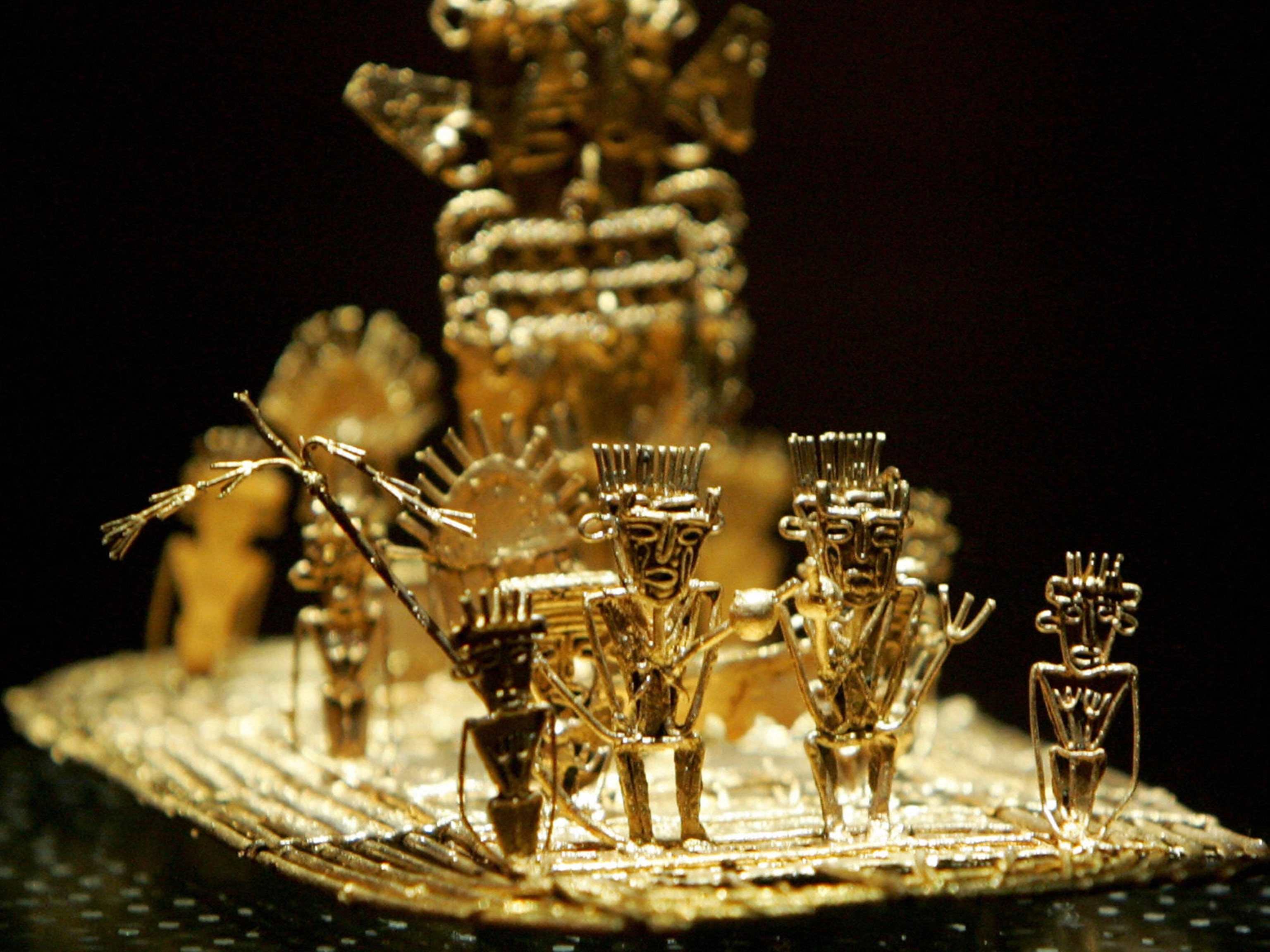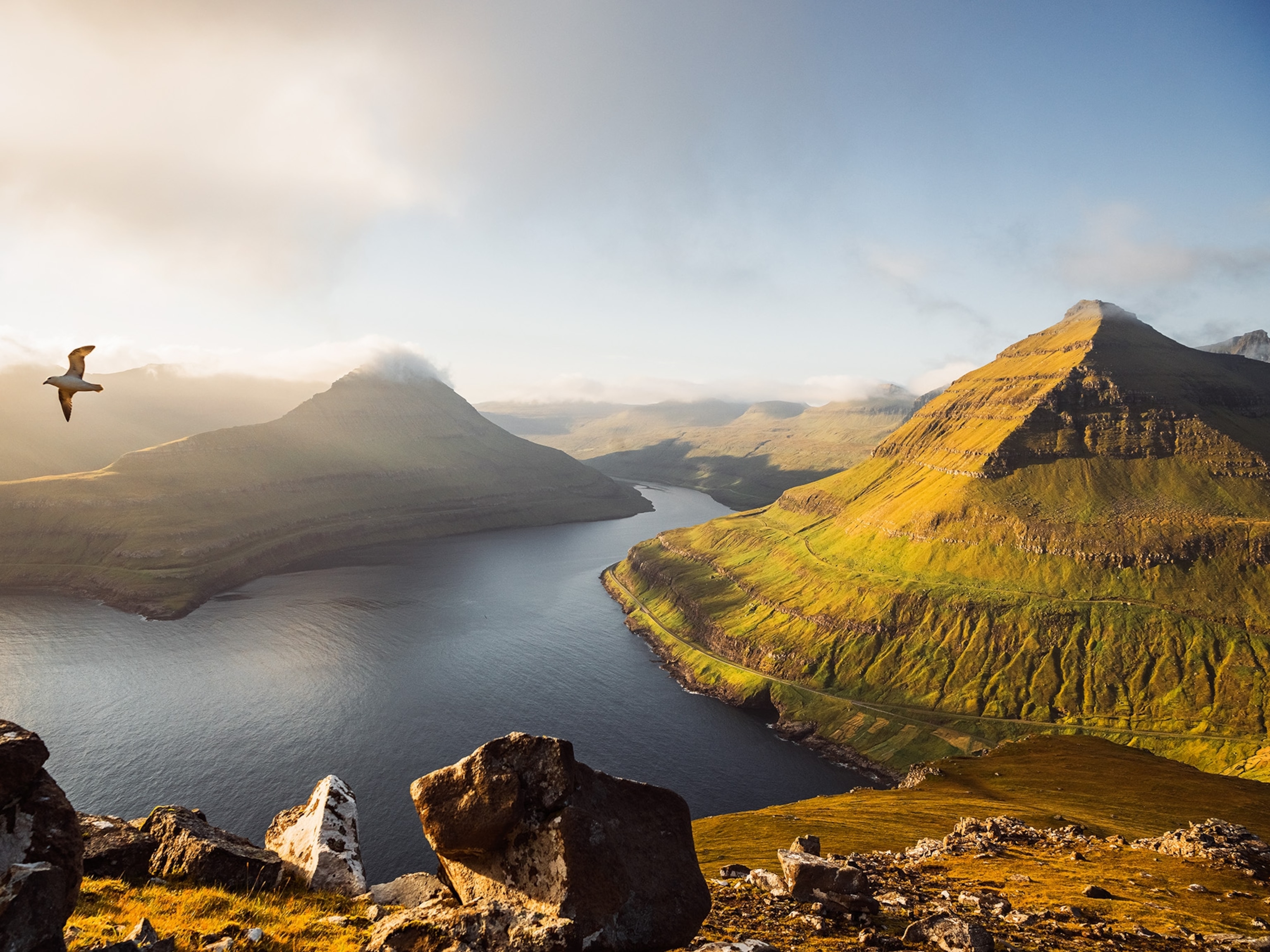
How a global odyssey gave Will Smith a real ‘Welcome to Earth’
As he trekked through extreme environments for the National Geographic TV series, the actor recalled his grandmother’s advice about facing fears.
Welcome to Earth, a Disney+ original series from National Geographic, premieres December 8.
Welcome to Earth sounds like a greeting to aliens—which most of us might as well be, considering how little we know about our planet.
Actor Will Smith sets out to explore its far reaches in Welcome to Earth, a Disney+ original series from National Geographic. Three years ago, Smith led another National Geographic series about Earth’s wonders, One Strange Rock. This time the host leaves the studio to venture into some of the planet’s most extreme environments—deep seas, deserts, glaciers—with a diverse group of researchers and adventurers.
Over six episodes, Smith proves game for anything, even if initially wary. “My grandmother used to say all the best things in life lived on the other side of fear,” he says. “I sure hope Gigi was right.”
Although uncomfortable in water, Smith folds his lanky frame into a small yellow submersible in the Bahamas. He likens the vessel to something out of Star Wars. As he and National Geographic Explorer and marine biologist Diva Amon descend, sunlight becomes a memory. A Trinidadian who grew up snorkeling, Amon explains that more than 99 percent of the undersea world remains unexplored. “We have better maps of Mars, Venus, and the moon than we have of our own ocean floor,” she says.
As the craft descends, a cliff looms. “We have no idea how tall this is,” Amon says. “Before now, no one has been here.” Smith asks if he gets to name the discovery, following “explorer rules.” He dubs it the Fresh Peak—a nod to the Fresh Prince, his rapper name in the 1980s and hit TV show in the ’90s.
After they reach the ocean floor, some 3,300 feet deep, the submersible’s lights are cut and they are in total darkness. Moments later, marine life sets off a fabulous show of bioluminescence, the light emissions created by living organisms. “It’s probably the most common form of communication on the planet,” Amon says.
Ari Handel and Darren Aronofsky, co-executive producers of Welcome to Earth, have collaborated since they were roommates at Harvard. Now they’re teamed with creative executive producer Jane Root and focused on how science—even a discussion of slime mold—has the power to fascinate. As for Smith, Handel sees his role this way: “He’s there to be us, except that of course he’s Will Smith, so he’s more charming, more articulate, funnier.”
The adventures in each episode are enhanced by Smith’s relatable reactions. “He has dived into those experiences with an openness and a kind of humility of the wonders of the world,” Root says.
Whether staring into a gorge in Namibia or surveying a glacier in Iceland, for Smith, curiosity trumps terror. In a helicopter with adventurer Dwayne Fields, Smith admits he was a bullied, fearful kid. Fields speaks of his own difficult youth, when he fell in with gangs in London. After a gun aimed at him misfired—twice—Fields resolved to change his life. He set challenges; today he’s hailed as the second Black man to reach the North Pole.
Fields’s confidence outweighs Smith’s hesitance in Iceland when they inch down a hole in the glacial ice to explore where meltwater goes. Later, outfitted in waterproof gear to protect them from the frigid waters, they paddle a kayak down a river formed by the converging meltwater, braving rapids along the way.
Smith did no special training for the assignments. “Risk assessment is an enormous part of what the team does,” Root explains. “How do we do this and get you back alive?”
The Iceland team was part of a 700-member crew working in 34 countries. As the pandemic complicated travel, producers considered shooting at Smith’s house.
“We would have had as exciting an episode in Will’s backyard as we would have had in any of these far-flung places,” Aronofsky insists.
Still, exotic locales make for exciting TV. Erik Weihenmayer, a blind explorer, and Smith stand at what looks like a portal to hell—the rim of Vanuatu’s Yasur Volcano in the South Pacific, where “spatter bombs” of molten lava explode from deep below the surface. Weihenmayer likens it to “the most insane fireworks show you can imagine on Earth.” (How volcanic eruptions help nourish the world)
A volcanologist leads them down the crater’s walls to install sensors that will record the volcano’s rumblings. “It sounds like the beginning of a really bad joke,” Smith says. “A rapper, a blind man, and a volcanologist rappel down into a volcano ...”
When filming for the series moves to the Serengeti in Tanzania, Smith’s easy presence breaks the tension of what’s known as the wait. He passes time by singing.
Smith says he’s wanted to witness the great migration since reading a story in this magazine some 30 years ago about the million-plus wildebeests and their journey across the plains. (Why the wildebeest is the unlikely king of the Serengeti)
As the first wildebeest gingerly ventures into the Mara River, a giant crocodile strikes. The rest of the ungainly mammals pause but eventually cross. Smith observes from a jeep on the riverbank, spellbound.
“Growing up in the city, I wasn’t exposed to a ton of nature—especially not like this,” Smith says. “This was a whole new world for me.”
Journalist Jacqueline Cutler regularly covers television and books. She previously wrote about the National Geographic television series Genius: Aretha and Secrets of the Whales.
This story appears in the December 2021 issue of National Geographic magazine.


